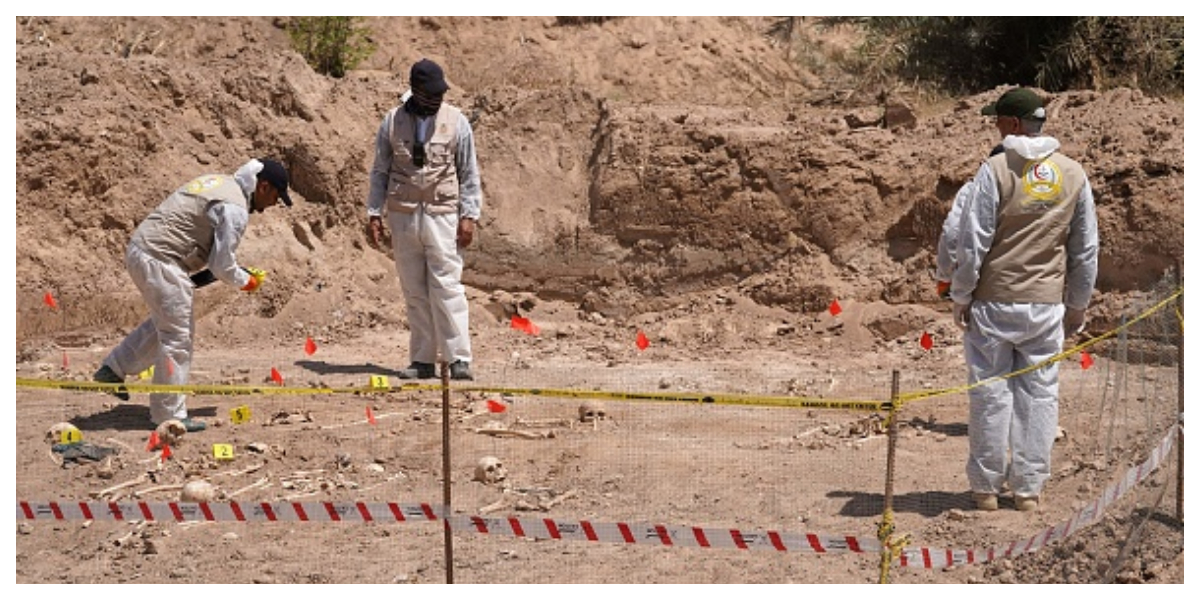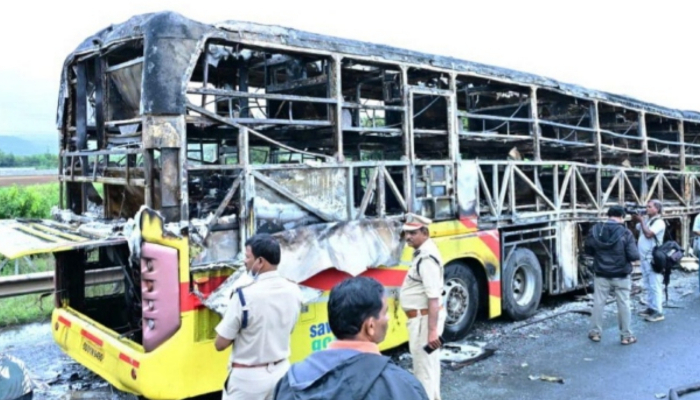An official in Iraq said Saturday that authorities exhumed the remains of 15 people from a mass grave believed to hold the remains of dozens more people killed by dictator Saddam Hussein.
The mass grave was discovered in April near the southern city of Najaf, while workers were constructing a residential compound.
It is thought to have started in the 1990s, when Saddam launched a deadly campaign against the majority Shiite Muslim community in southern Iraq, killing nearly 100,000 people.
“There could be 100 victims in this grave. It is an estimation, the number could be higher due to the large size of the area,” said Abdul Ilah al-Naeli, who heads a government foundation tasked with finding mass graves and identifying the remains.
Calling the burial “the scene of the crime”, Naeli said the mass grave dates back to the “1991 popular (Shiite) uprising” against Saddam.
An AFP correspondent saw skulls and other human remains near the construction site where cement buildings have been erected.
According to Iraqi authorities, Saddam’s regime forcibly disappeared more than one million people — including from the Kurdish minority — in the 1980s and 1990s, and many of their families are still trying to ascertain what happened to them.
Iraq pays tribute to the missing on May 16, which is known in the war-wracked country as the National Day of Mass Graves.
Saddam was toppled in the US-led invasion of Iraq in 2003 and executed in December 2006 after being convicted by an Iraqi court of crimes against humanity.
The oil-rich country has been hit by waves of conflict in subsequent decades, culminating in the fight against the Islamic State jihadist group, which ended in 2017.
According to the UN, IS alone left behind an estimated 200 mass graves that could hold up to 12,000 bodies.
Iraqi authorities frequently announce the discovery of mass graves, most recently in March when the remains of 85 IS jihadists and their relatives were exhumed in the northern city of Mosul.

















